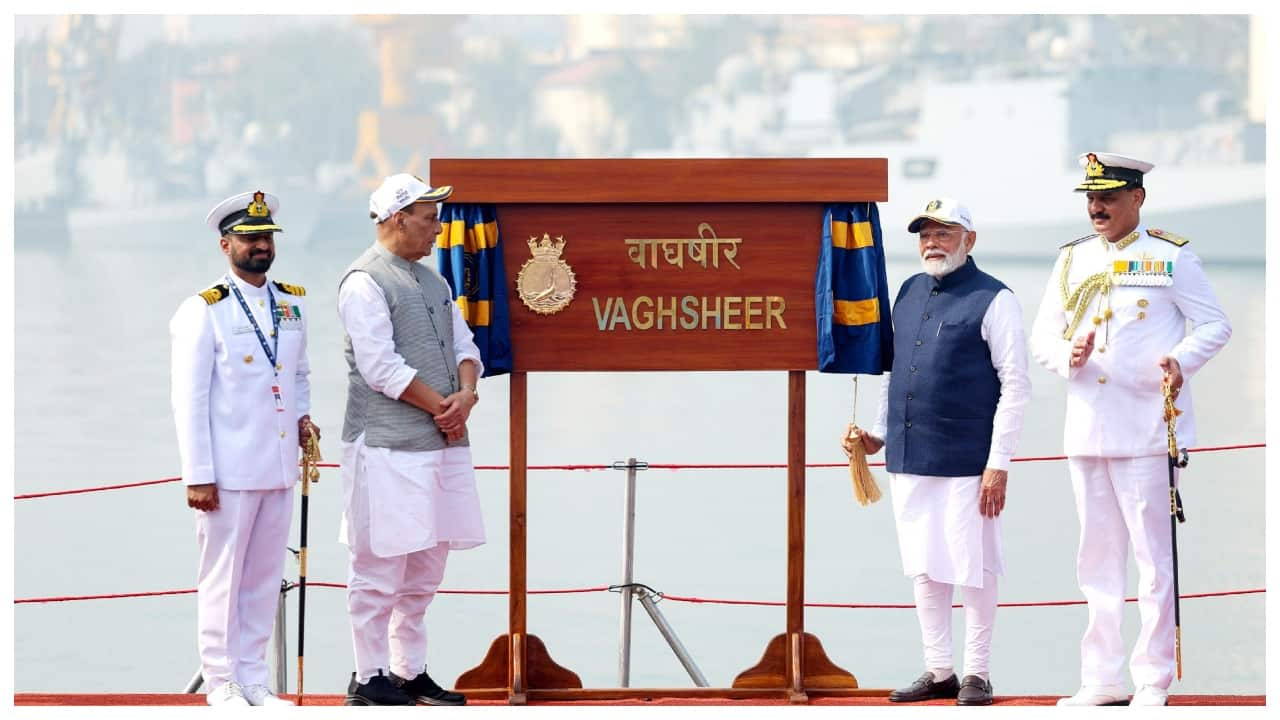 |
|
The Indian Navy recently expanded its fleet with the addition of three significant warships: INS Nilgiri, INS Surat, and INS Vaghsheer. The commissioning ceremony, attended by Prime Minister Narendra Modi, marked a momentous occasion, highlighting India's commitment to bolstering its defense capabilities through indigenous development. These additions are not merely an increase in naval strength; they represent a significant leap forward in India's technological prowess and self-reliance in defense manufacturing. The selection of names for these warships is a process steeped in tradition and meticulously adheres to established guidelines, reflecting India's rich history and geography. The names, chosen by the Internal Nomenclature Committee (INC), serve as a powerful symbol connecting the modern navy to the nation's heritage.
The naming conventions of Indian Navy ships and submarines follow a structured system, categorized by vessel type. Cruisers and destroyers, the largest and most powerful warships, often bear the names of state capitals, major cities, or prominent historical figures, reflecting the grandeur and significance of their role. Frigates, smaller but equally vital, are named after weapons, rivers, or mountain ranges, highlighting their agility and the strength they represent. Corvettes, typically employed for coastal defense and patrol, receive names that embody certain qualities or personal armaments, underscoring their versatility and protective role. Submarines, operating in the depths of the ocean, are typically given names of predatory fish or concepts associated with the sea, emphasizing their stealth and hunting capabilities. Each name selected must adhere to the strict rule that prevents any duplication of names within the navy or the broader merchant marine fleet, ensuring uniqueness and clear identification.
The three new additions to the Indian Navy, INS Nilgiri, INS Surat, and INS Vaghsheer, perfectly exemplify this naming convention. INS Nilgiri, the lead ship of the Project 17A stealth frigate class, draws its name from the majestic Nilgiri Hills of the Western Ghats, symbolizing the ship's strength, resilience, and connection to the Indian landscape. INS Surat, the final vessel in the Project 15B stealth destroyer class, is named after the bustling city of Surat in Gujarat, highlighting its strategic importance and the significant contribution of the region to India's maritime history. Lastly, INS Vaghsheer, the sixth and final submarine under the Scorpene-class Project 75, is named after a deep-sea predator, the sand fish, reflecting the submarine's stealth, predatory nature, and its role in underwater operations. The choice of names underscores the deep connection between the Indian Navy and the nation's identity, its geography, and its history. The meticulous selection of names is not just a matter of nomenclature; it's a testament to the rich heritage and strategic vision of the Indian Navy.
The process of selecting these names is far from arbitrary. It involves the Internal Nomenclature Committee (INC), a body comprising representatives from various branches of the Ministry of Defence, including the historical section and the Human Resource Development Ministry's archaeology department. This ensures a thorough review of the proposed names, factoring in historical significance, geographical relevance, and suitability for naval vessels. The Navy Chief then approves the committee's recommendations before the names, along with the ships' crests and mottos, receive final approval from the President of India. This rigorous process emphasizes the importance of appropriately naming these powerful assets of the nation's defense. The rigorous standards ensure that the names not only resonate with the public but also accurately reflect the function and significance of each naval vessel.
The commissioning of INS Nilgiri, INS Surat, and INS Vaghsheer represents a pivotal moment for the Indian Navy and the nation as a whole. These ships, each named after a significant aspect of India's identity, embody the country's growing self-reliance in defense manufacturing and its commitment to safeguarding its maritime interests. The meticulously chosen names are not merely labels; they serve as powerful symbols, linking the modern navy to the nation's historical and geographical richness. With the addition of these advanced warships, India continues to strengthen its naval power, reinforcing its position on the global stage and solidifying its commitment to maintaining peace and security in the Indian Ocean region and beyond. The meticulous naming conventions employed further highlight the importance and pride associated with these crucial additions to India's maritime defense capabilities.
Source: Vaghsheer, Nilgiri, Surat: How do Indian Navy ships get their name?
